In this review, we’ll look at the very special Leica 35MM F1.4 Summilux Pre-Aspherical II (11870). This lens was originally launched in 1967 and was available for sale for 28 years. It was based on the first F1.4 35MM lens available (the version 1 model 11869) and is perhaps one of the most famous lenses ever made.
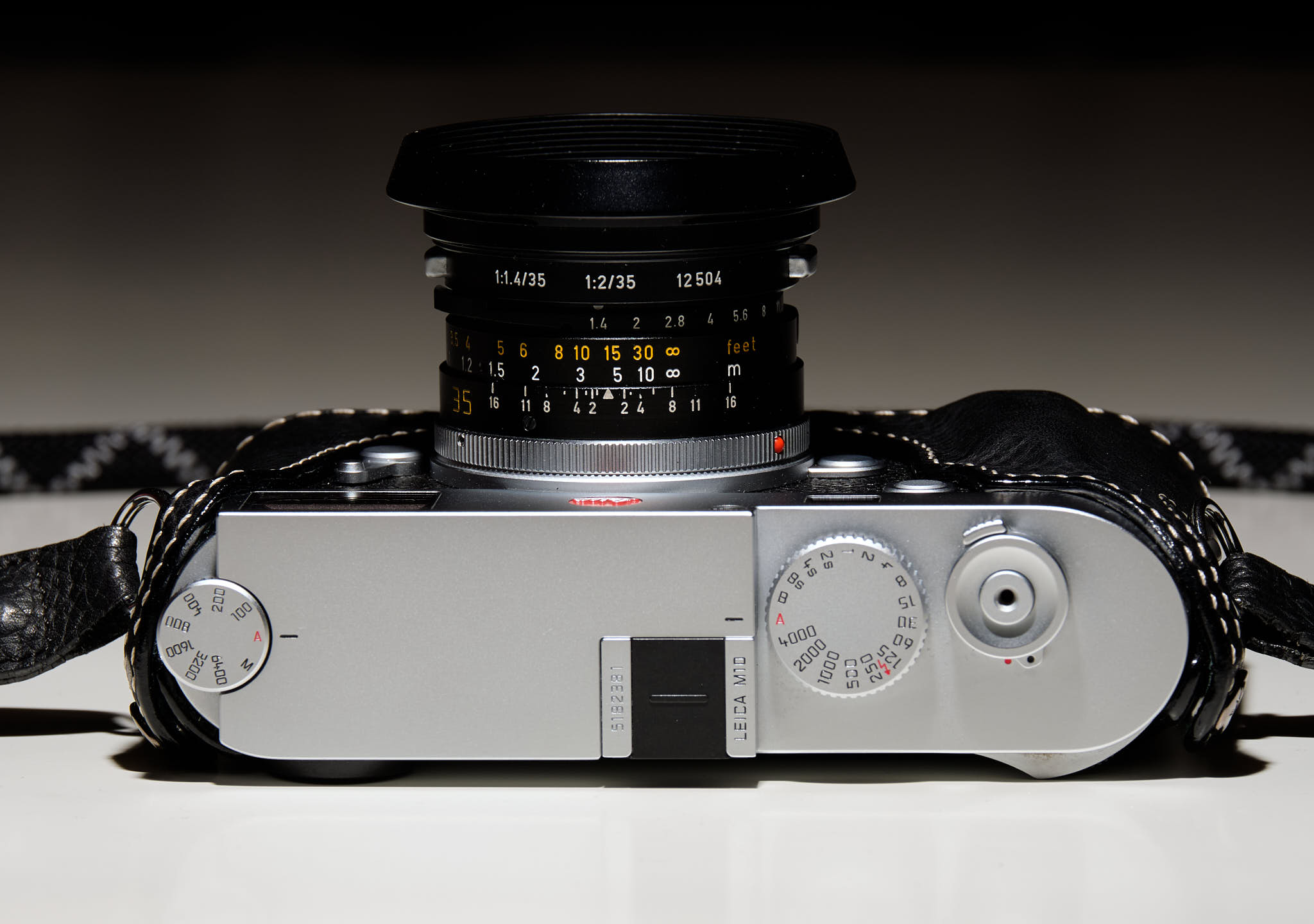
I got very lucky in encountering this lens; a co-worker and collector of antiques, camera equipment and watches (he has over 200 mechanical watches!) was retiring and wanted to simplify his life. He didn’t want to move all his belongings to his retirement home and offered me a package of Leica lenses to buy.
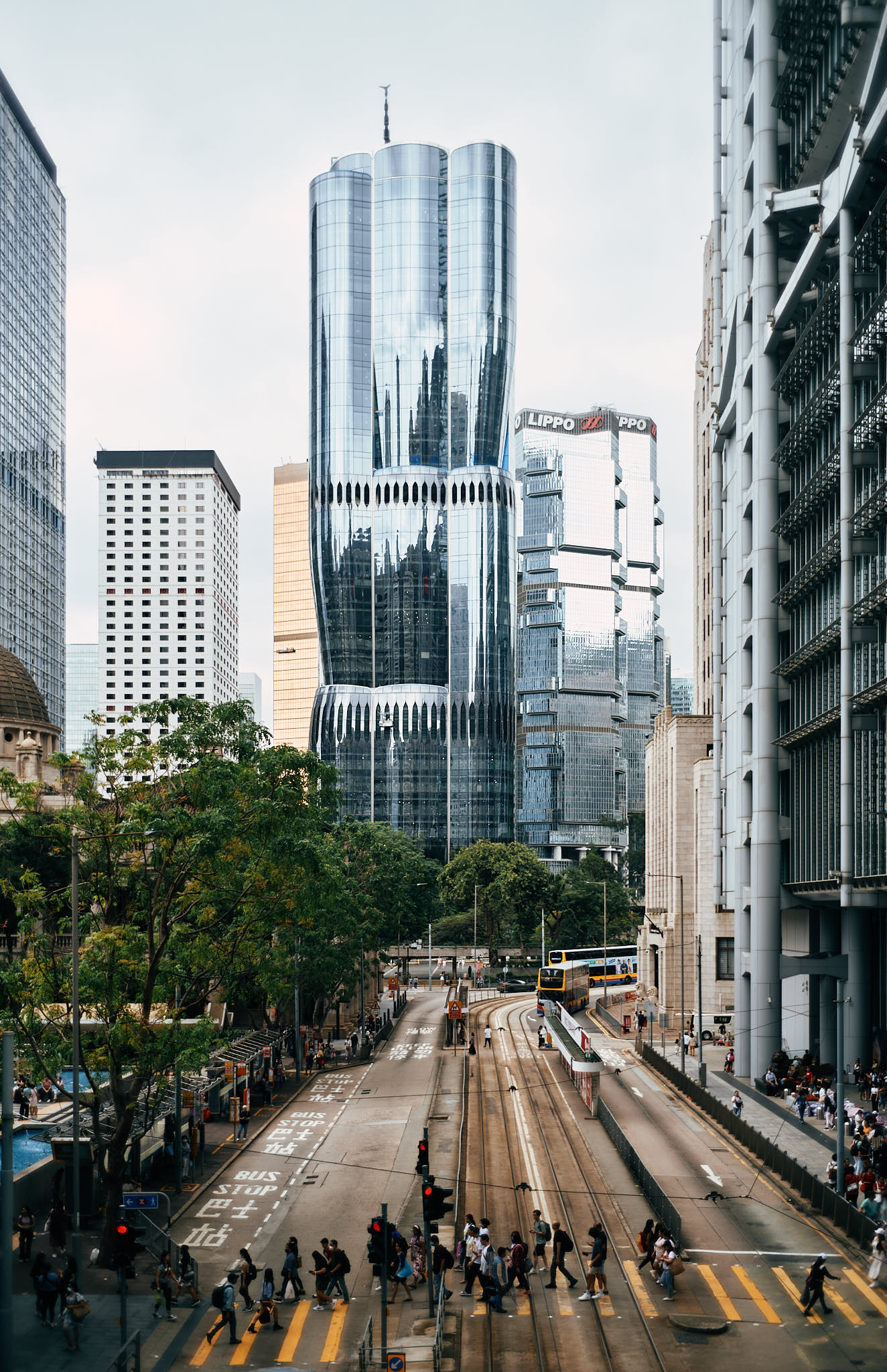
The package included a Leica 90MM F2 Summicron Made in Canada and the focus of this review, the Leica 35MM F1.4 Summilux Pre-Aspherical II (35MM Lux Pre-Asph II). At the time I purchased the package, I had no idea of the lenses’ value (currently US$3,500+), nor the significant role this lens played in photojournalism in the 1970’s and 1980’s. This lens was often used on the frontlines of battles to capture history.
Disclaimer: This is a very, very special lens and I don’t have the capability to show its true potential. Like everything in life that’s truly fulfilling, it requires time, love and dedication to extract the best from it. I don’t fully understand this lens, but that’s the beauty of it, the alure that I will never find the true limits of this lens.
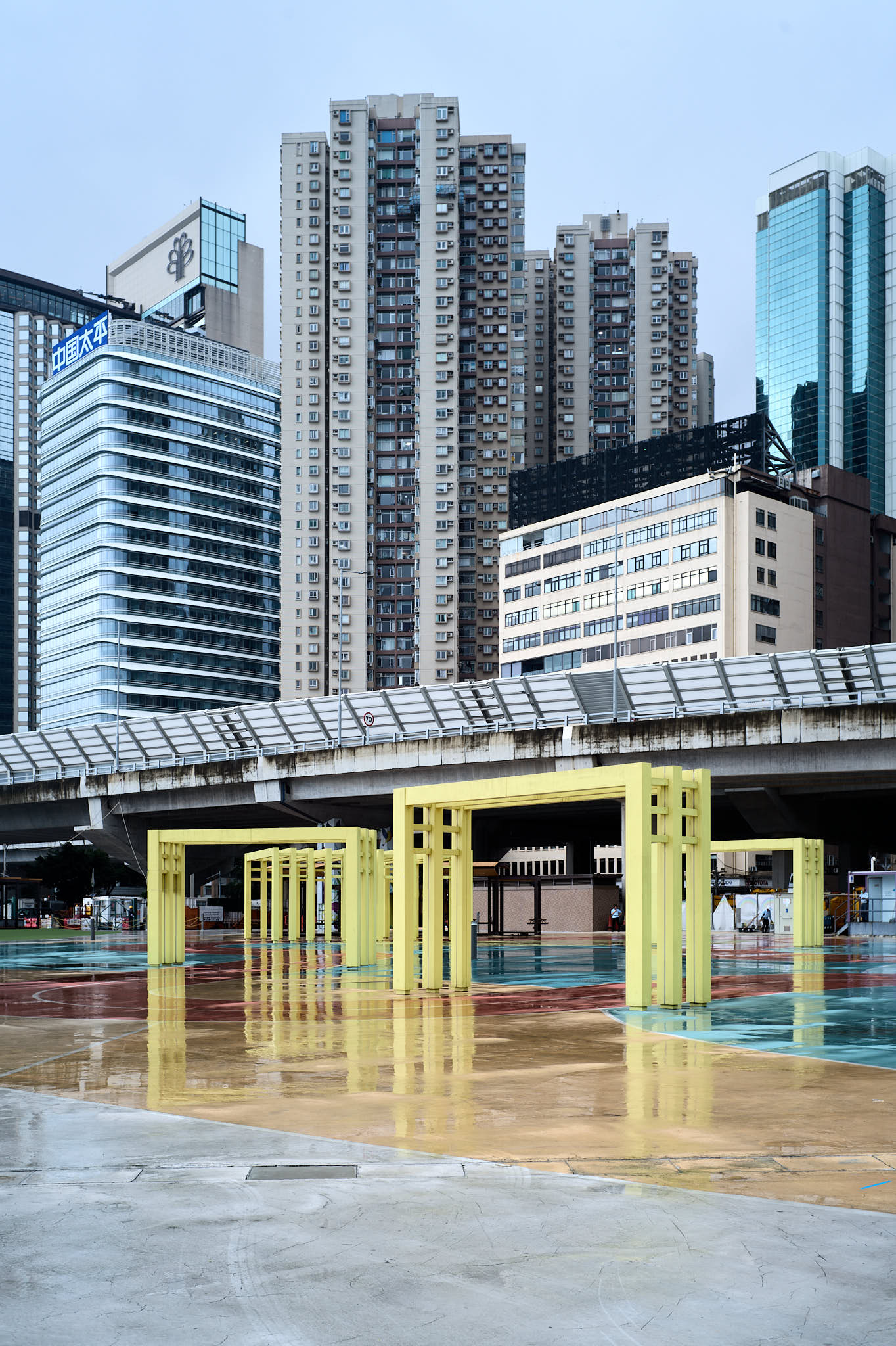
Further Disclaimer: I purchased this lens from a co-worker and have no financial interest if you decide to purchase this lens for yourself. I may provide recommendations on where to buy this lens, but again, I get no financial benefit in doing so.
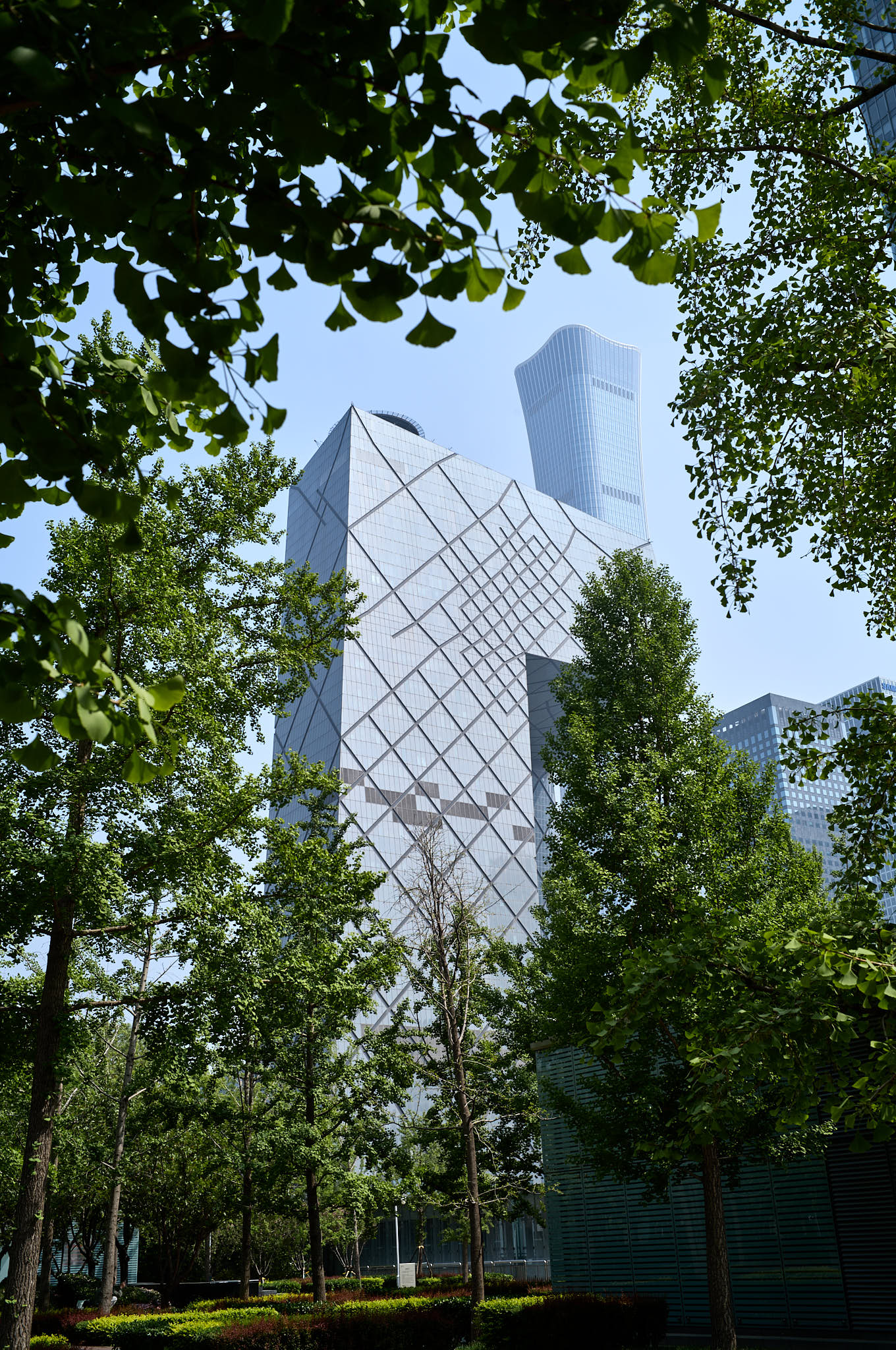
Background
My 35MM Lux Pre-Asph II appears to be manufactured late in this model’s run. It was definitely made in Germany and based off its serial number, likely 1988. According to L-Camera.com’s wiki page, there were only 450 copies made that year. Many of these lenses from the earlier years were made in Canada (my home country), while the latter years were made in Germany. My lens came with the perfectly matched and sized lens hood (Leica 12504).
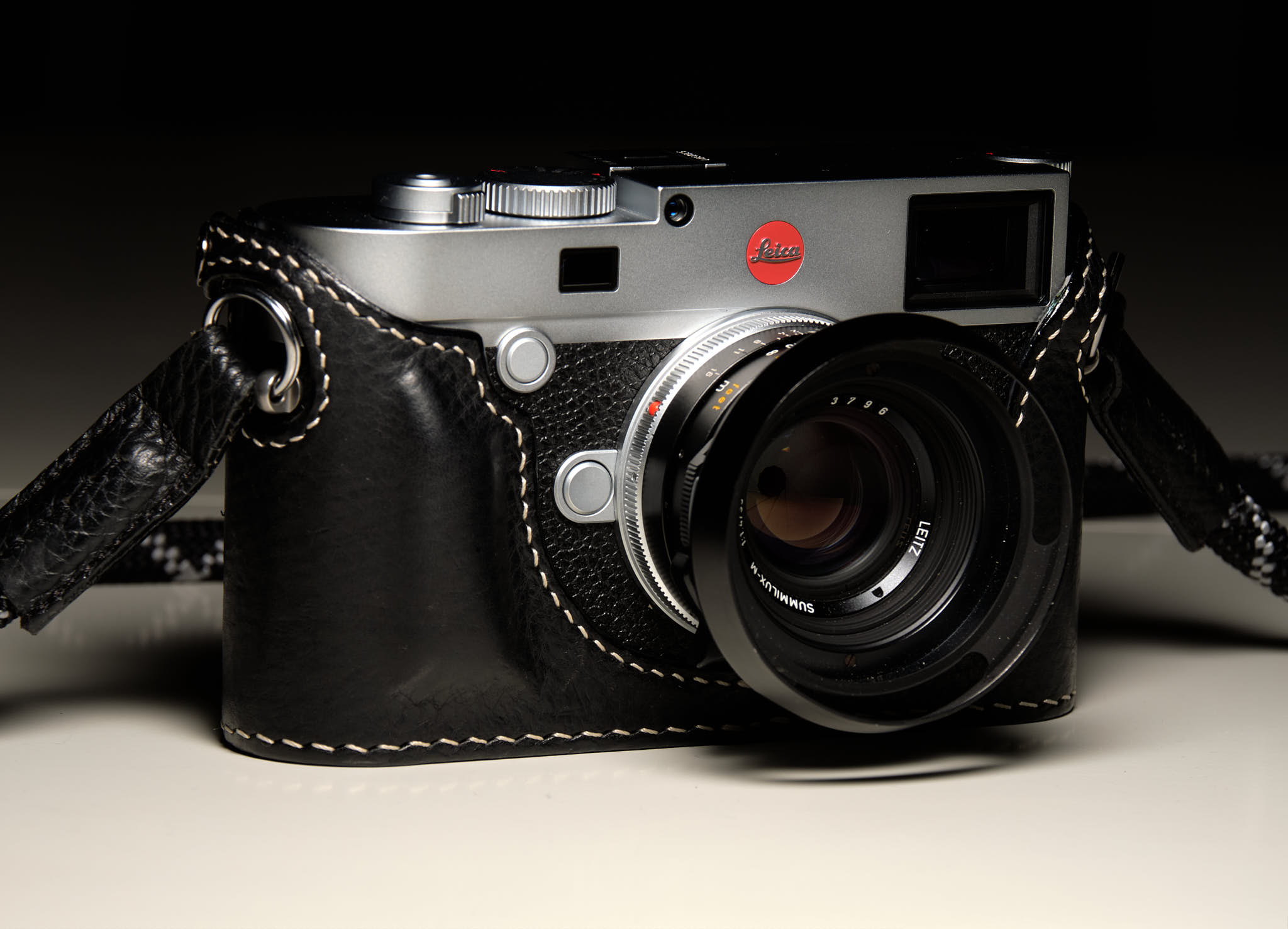
This review is based on using this lens on the Leica M11. As a comparison, I also have the Leica 35MM Summilux FLE, Voigtlander 35MM Ultron F2 and Voigtlander 35MM F1.2 Nokton. For other cameras in the 35MM field of view, I also have the Fujinon GF45 F2.8, Fujinon XF23MM F1.4 WR, Sigma 35MM F2 Sigmacron and Sony 35MM F1.4 GM. Even with all of these amazing 35MM equivalent field of view lenses available, I tend to reach for this vintage lens.
Contrast and Resolution
It seems almost rude to include this test for a lens with such high stature and reputation. Regardless of the outcome the test, this lens is legendary and doesn’t need any objective measurements. However, it’s my standard practice to include this test, and I think it helps this lens’ status grow even stronger, as you’ll see in the results.
Centre
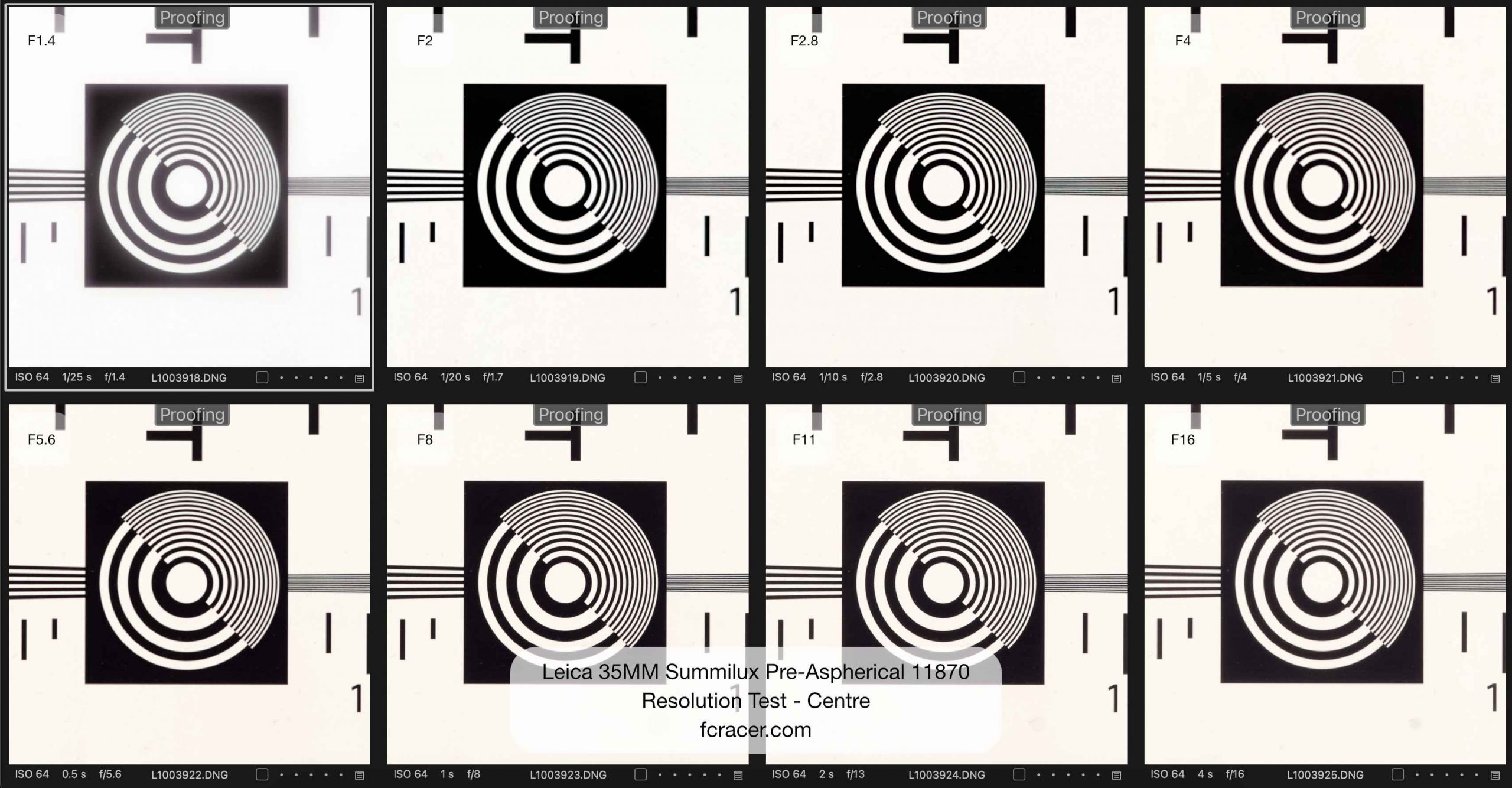
There’s a lack of contrast wide open at F1.4 but this is the lens’ charm; it has a bi-polar personality. At F1.4, it renders skin smooth as if a filter has been added, however stop it down to F1.8 or F2 and it starts to look like a sharp, modern lens.

A small rotation of the aperture dial and you’ve got two lenses in one. On the charts, you can see a significant increase in resolution at F2, that improves marginally at F4 and stays at a peak from F4 to F8. F11 is also quite good, but we can see the effects of diffraction coming in, especially as we stop down to F16.
Corners
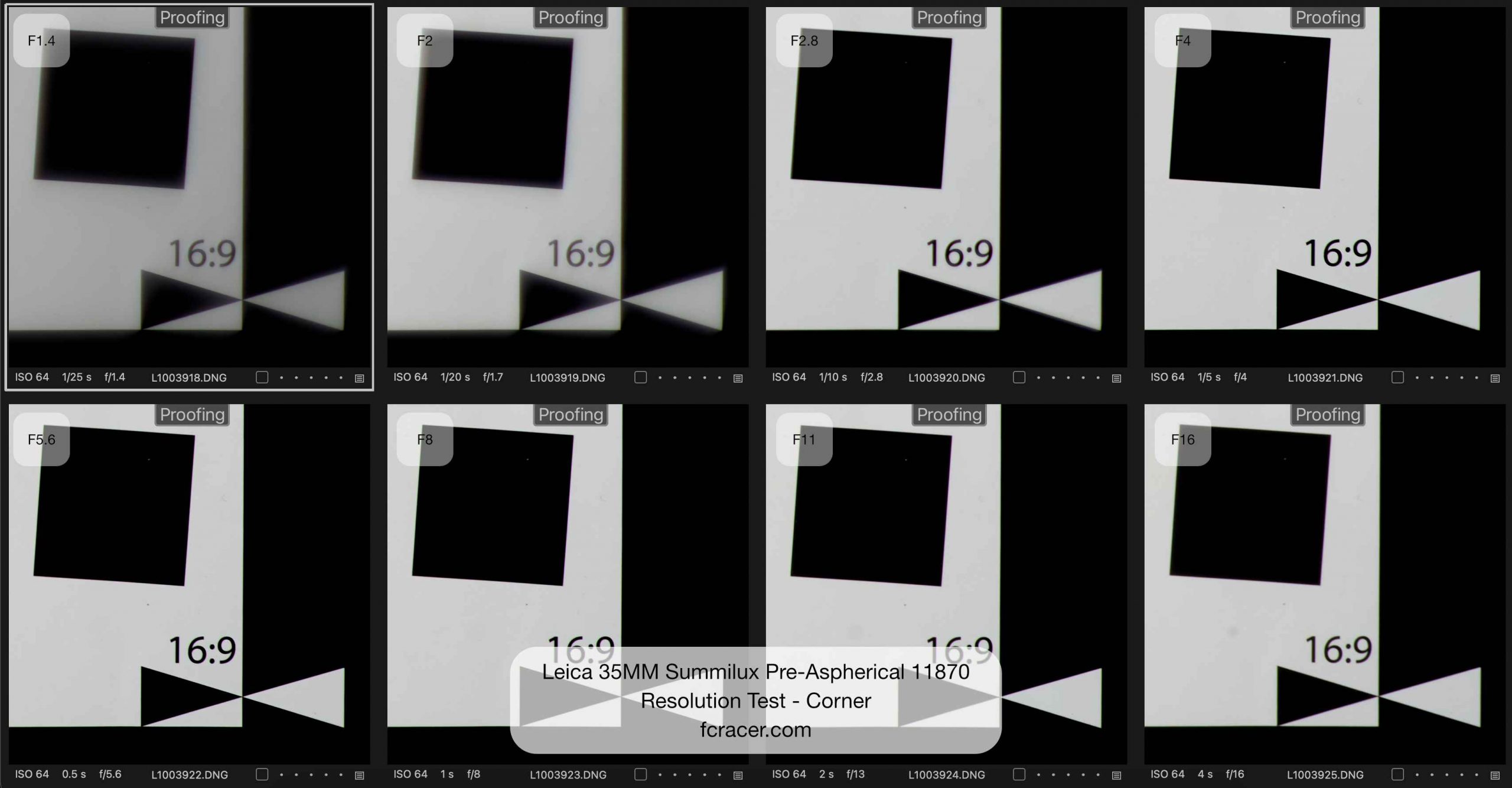
In the corners, we see a similar pattern. At F1.4, there are significant aberrations which give it that dreamy look. Unlike the centre, we need to stop down to F2.8 to get the corners sharp. Peak sharpness comes in at F4 and holds there until F11. Diffraction comes into play at F16 with noticeable softness.
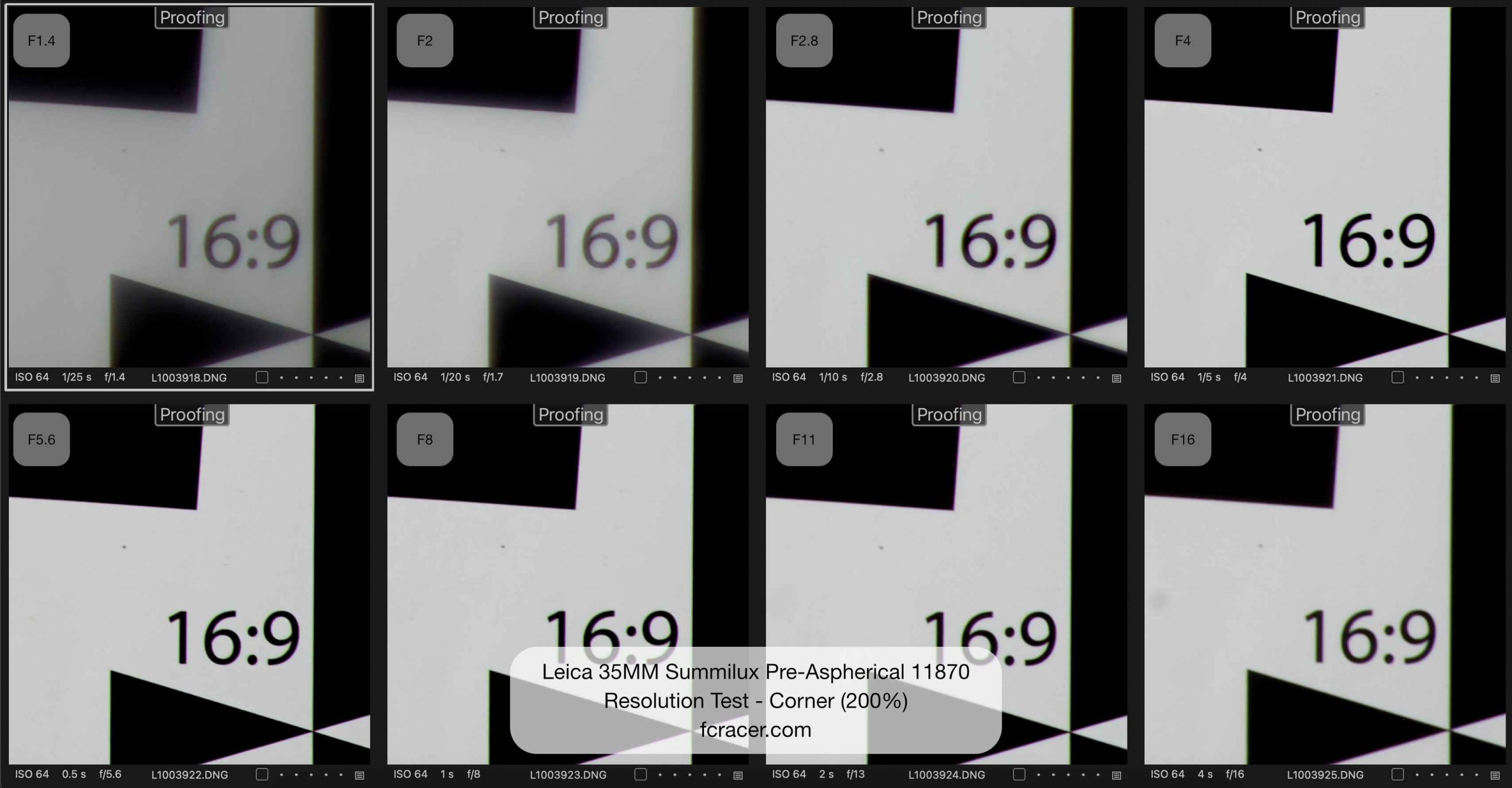
Minimum Focus Distance (MFD)
At the lens’ rather distant ~90cm MFD, the results replicate those of the test chart since they were also taken at MFD. The lens has significant aberrations at F1.4, which start to disappear at F2 and are gone by F2.8. The lens provides the highest resolution from F2.8 to F8, with a slight softening at F11 and a bigger drop off at F16 due to diffraction.
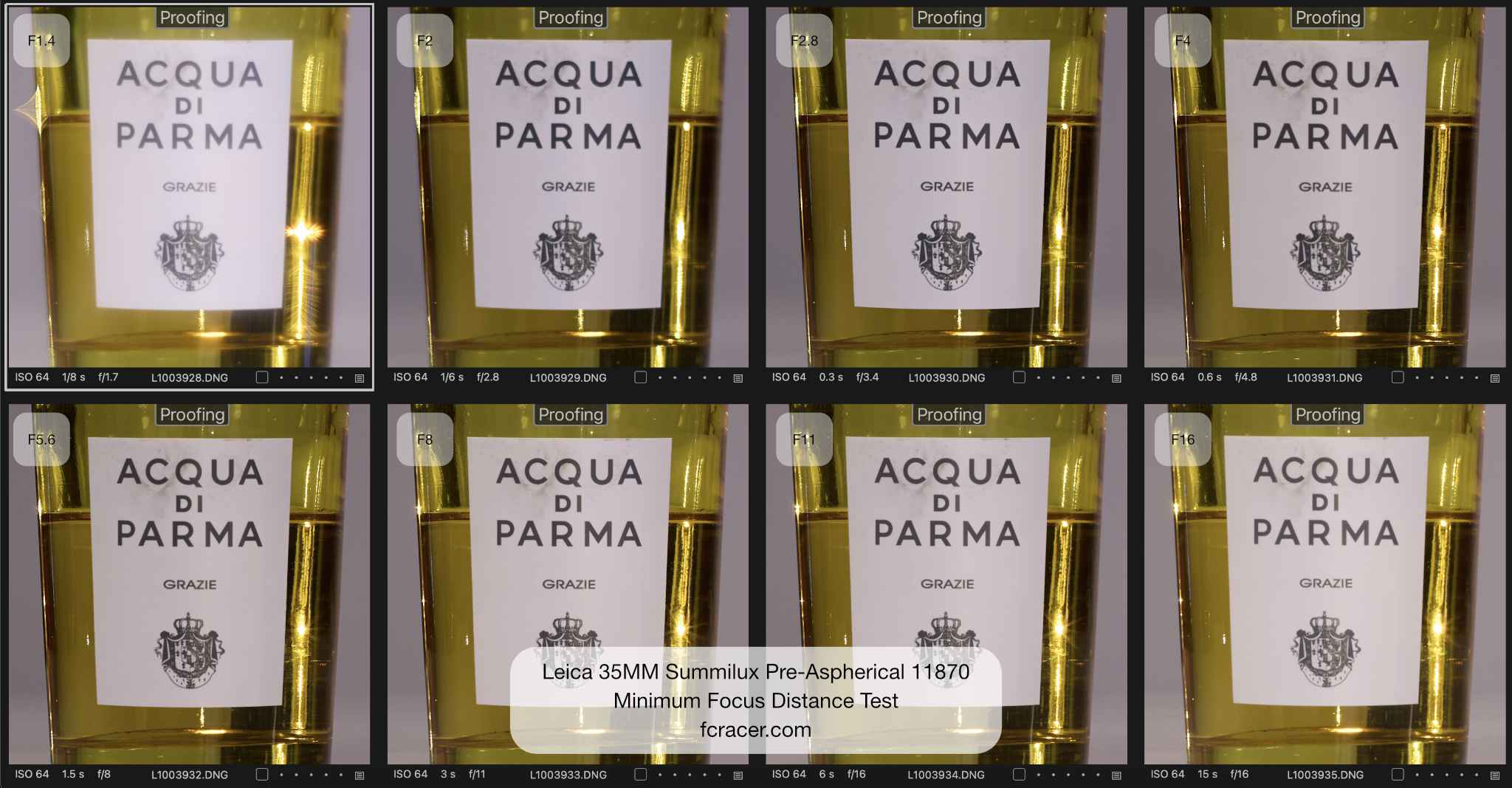
Infinity Focus
In the centre, F1.4 has the dreamy glow effect. F2 starts to sharpen up and would be acceptable to most, however for peak sharpness, we need to be between F2.8 and F11. At F16, diffraction comes into play and softens the image.

In the corners, F1.4 to F2.8 is fairly low resolution, however there’s a big jump at F4. Peak sharpness builds to F8 and holds there through F11. Diffraction comes into play at F16, but doesn’t show its effects as much as it did at the centre.
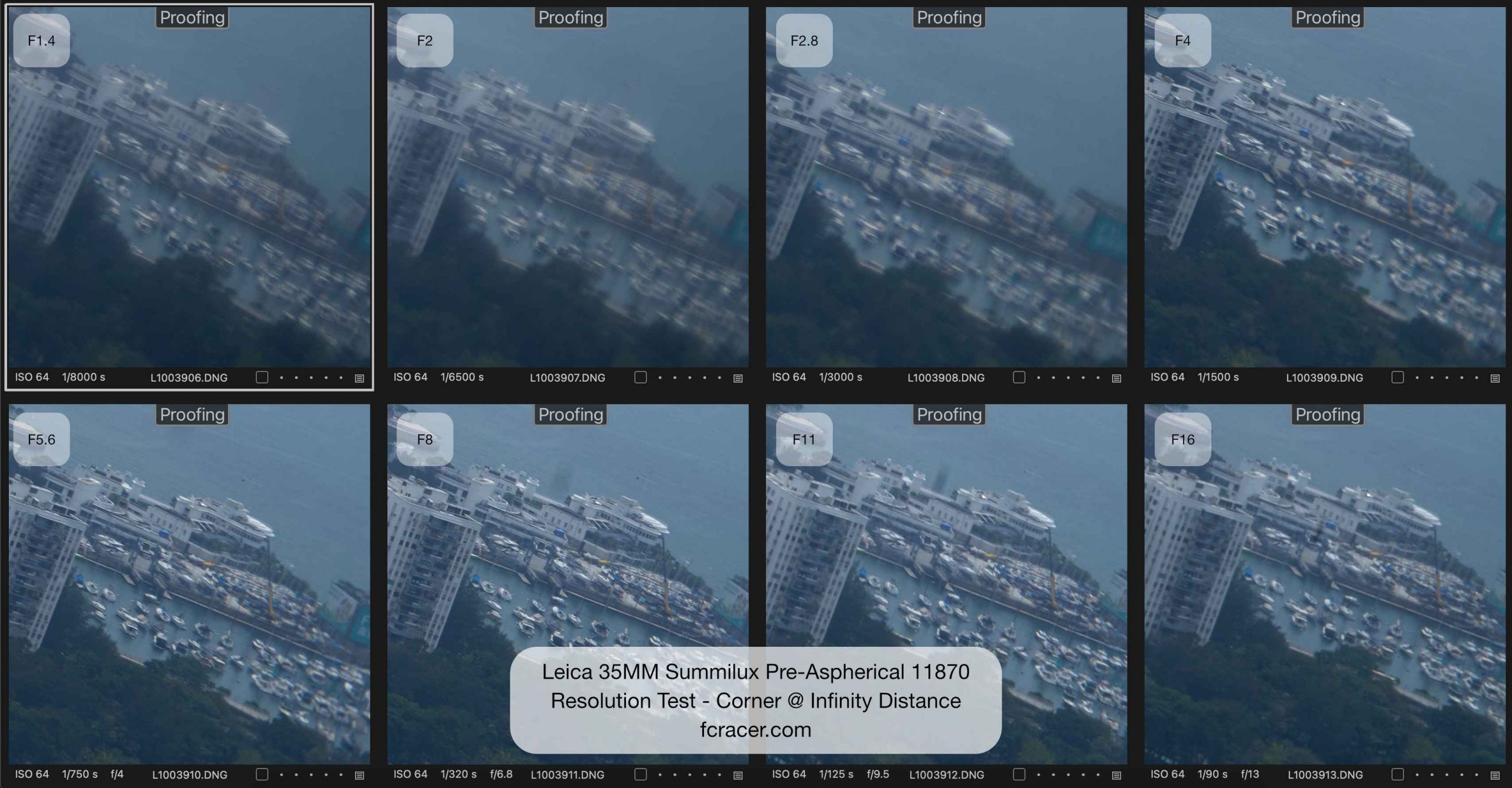
Bokeh
Part of the charm of these vintage lenses comes from their less corrected optical qualities. This is especially apparent in areas like bokeh. In modern lenses, we expect perfectly smooth bokeh without onion rings, chromatic aberrations or outlining. 35MM Lux Pre-Ash has some of the craziest bokeh in certain situations.
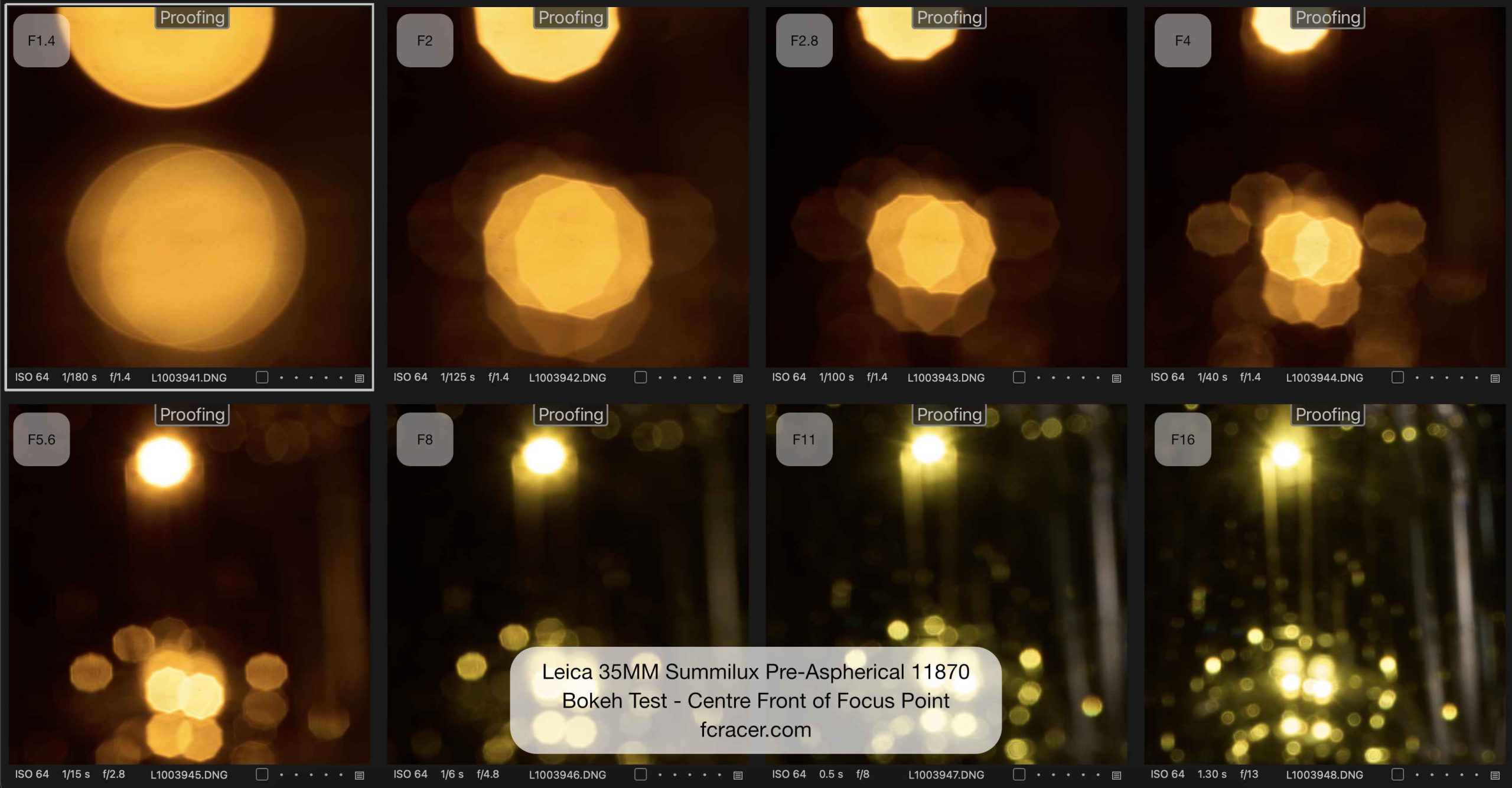
There’s harsh outlining to the extent that it looks like bubbles and there’s optical vignetting too which results in cats’ eye bokeh near the edges and some swirly effect outside of the center circle. These effects, when combined with what we’ll find in the contract and resolution test at F1.4, creates its signature look.
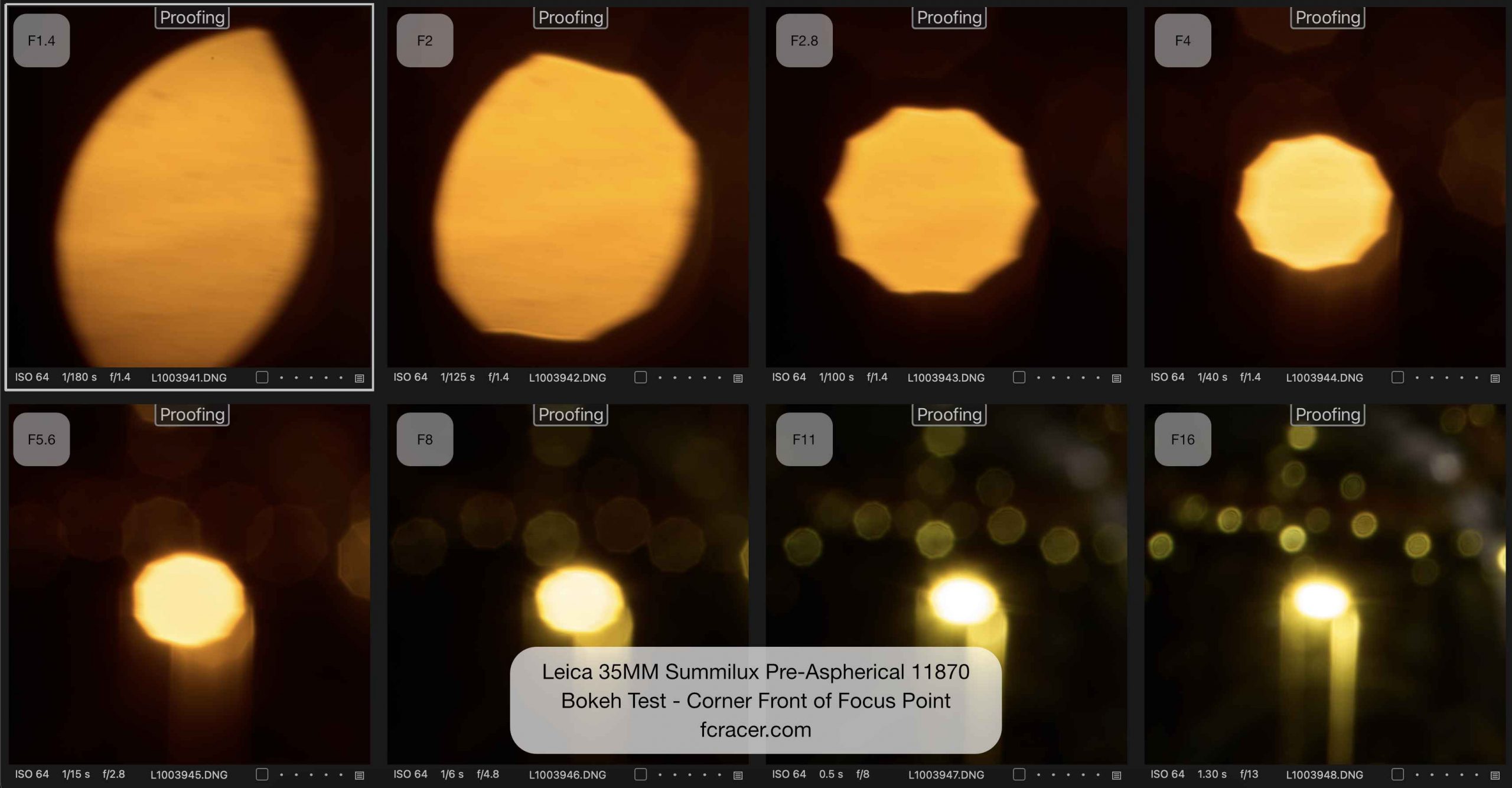
Some people hate it, but I absolutely adore it. More importantly, people who view the images tend to fall in love with all the character the lens brings to the image. We can see why people love this lens so much. There’s a luscious, beautiful bokeh that brings back nostalgic memories from a time, long ago.
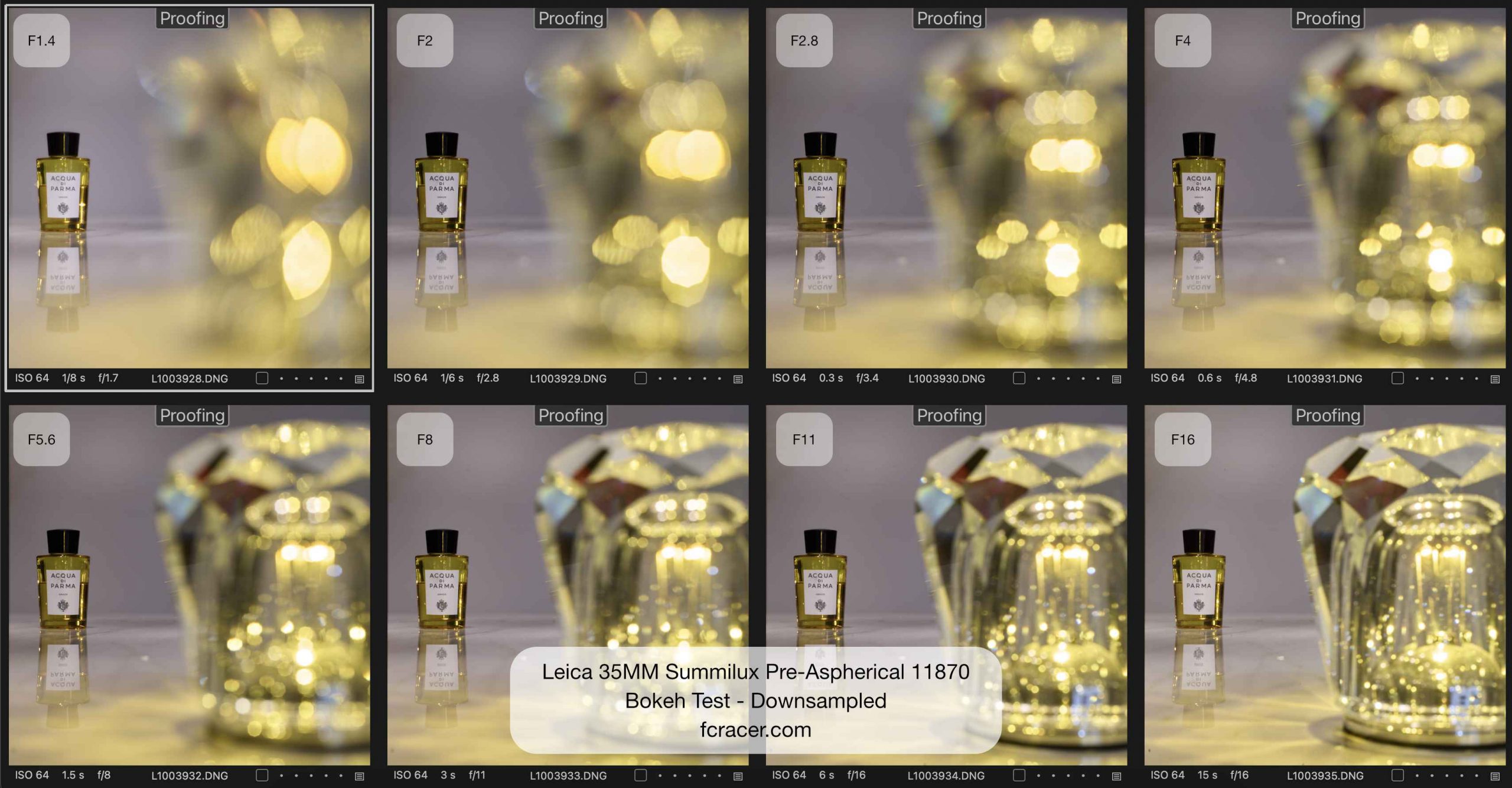
The outlining is clearly visible throughout the image and lots of optical vignetting near the edges, as you’d expect of a lens so small and with this shallow depth of field
Aberrations
This lens has such high levels of aberrations wide open at F1.4 that it’s hard to distinguish all the aberrations. We can see some purple fringing at F1.4 to F2.8, which is completely gone by F4. Given the lack of overall contrast at the wider apertures, the fringing is hidden well so it’s not something I worry about when using this lens.

It’s these aberrations that make the lens so special. Let’s look at some examples of what this lens looks like at F1.4 when highlights are introduced in the image. There’s a magical quality to the image that reminds me of a diffusion filter to get the halation effect such as the Tiffen Black Pro-Mist Filter.

Usability
I don’t usually split this out as its own topic, but I want to draw attention to this lens’ Minimum Focus Distance (MFD). The majority of Leica lenses have a 70cm MFD which matches the minimum focusing capability of the rangefinder mechanism. Some Voigtlander and a few ultra-modern Leica lenses now allow close focusing (using the EVF or zone focusing) of 35-50cm.

The 35MM Lux Pre-Asph unfortunately had to make trade-offs somewhere and it’s in its MFD. The lens officially focuses down to 100cm (laser measurement from sensor plane shows ~90cm), which means having to pull back from a dinner table or taking a step back from where you’d normally shoot a close subject. It also means less maximum bokeh for close subjects. If this lens had a MFD of 70cm, I think it would be worth double its already high resale value.

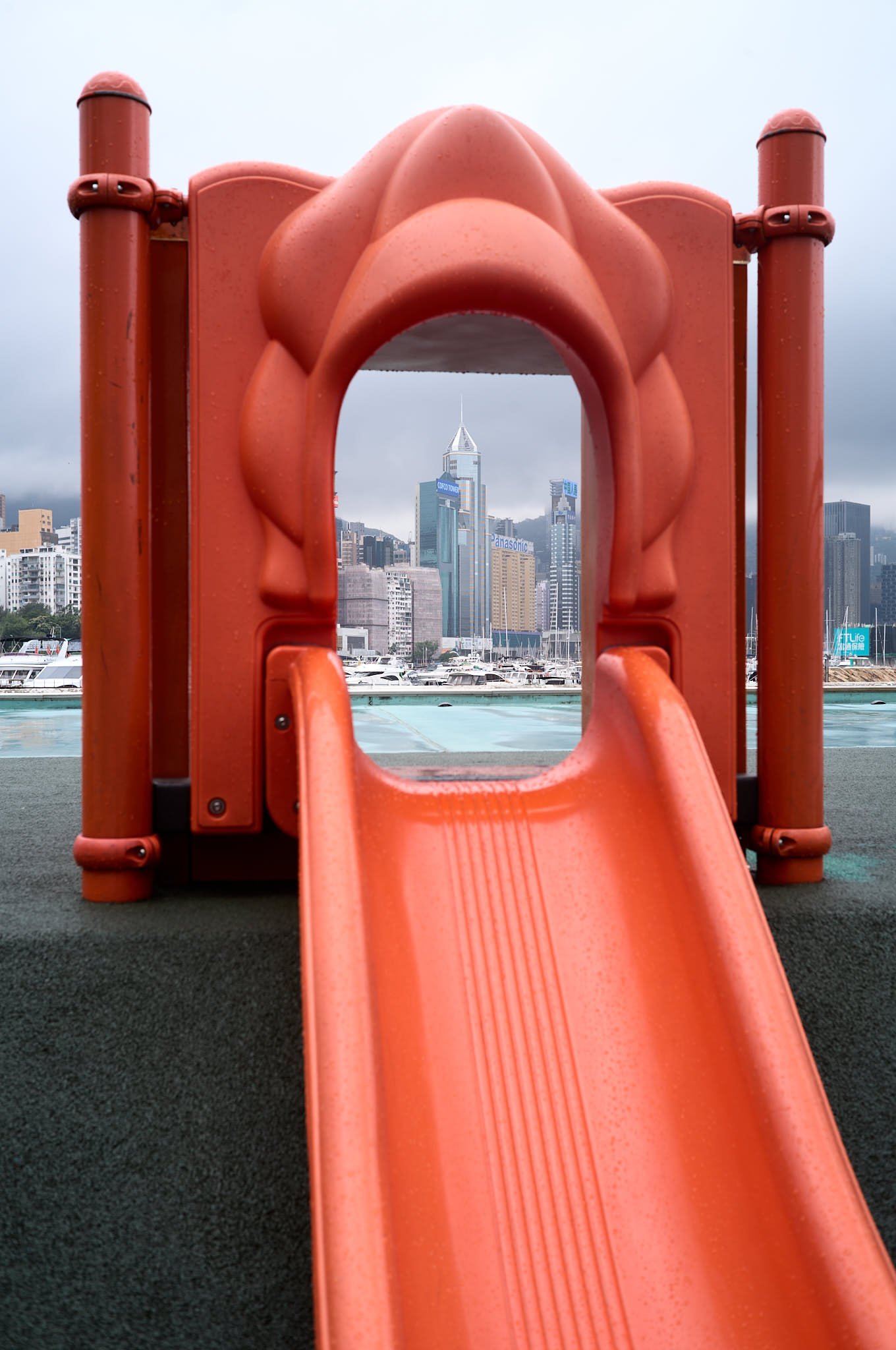
Given its small size and weight, it’s easy to always keep this lens on the camera. However, there’s one usability quirk that does start to irritate if the lens is used everyday, the compactness of the controls. It’s quite challenging to find the aperture ring vs. the release tabs for the lens hood vs. the focusing tab. They’re all packed in so tight that I often must look at the lens to identify which one my finger is adjusting.
Size and Weight
This lens is incredibly small and light. Without the lens hood, it’s barely noticeable on the camera. Indeed, it looks out of place on the “big” M11 without the lens hood. The lens weighs 245g and is 30mm long and 53mm in diameter including the focus handles. The lens hood adds another 10mm to the diameter. Its size and weight are remarkable when you consider that it’s an F1.4 wide angle 35MM lens!
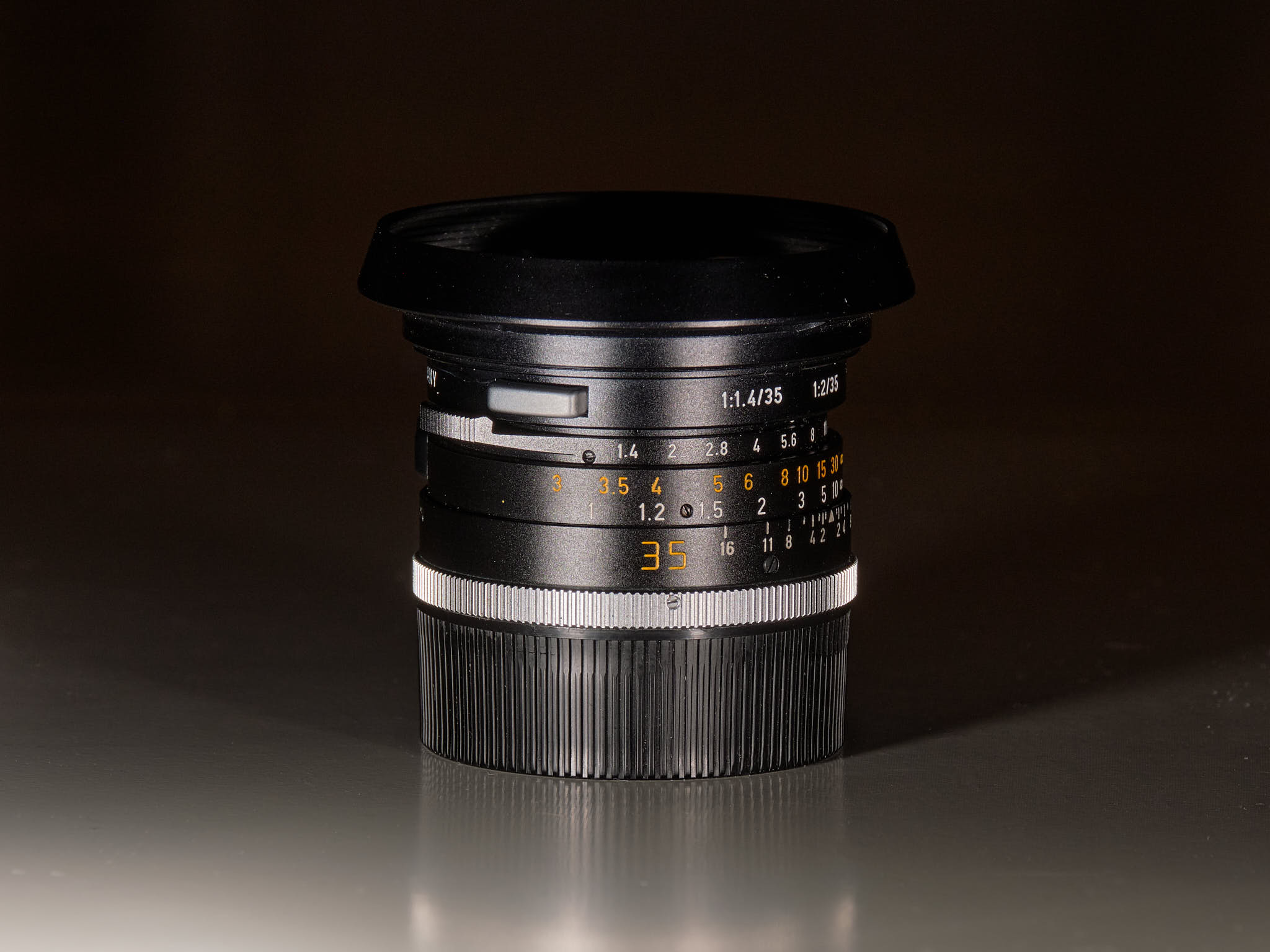
Focus Shift
As can be seen in the contrast and resolution charts, there’s a bit of focus shift at F4 while at MFD, but it’s nothing to be concerned about. The extra depth of field at F4 largely covers up the issue. I find the focus shift better than my modern Summilux 35MM FLE.
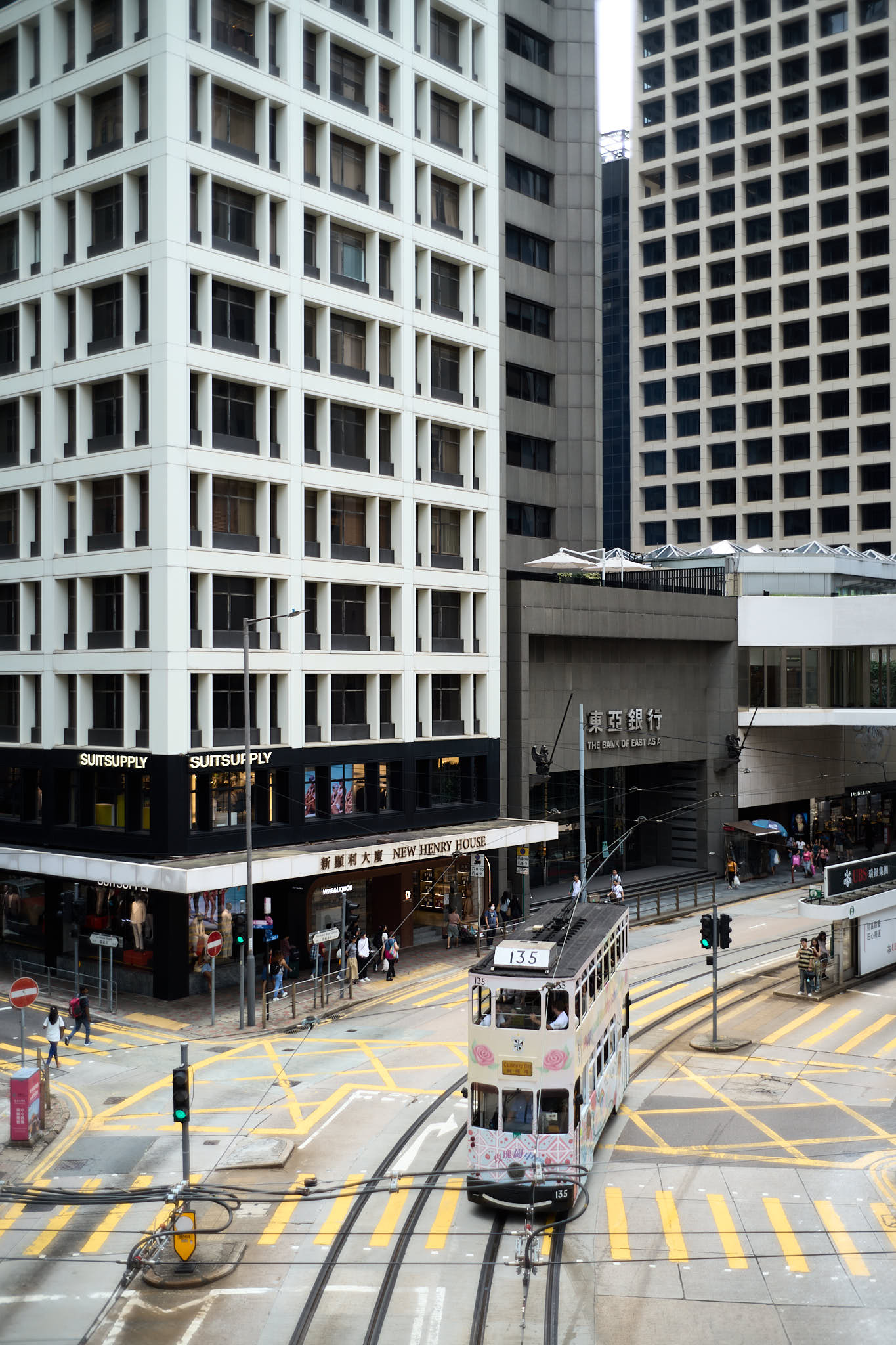

Build Quality
Like all Leica lenses, the build quality is superb in that the lens will provide decades of use without any issues. However, like all Leica lenses, there’s variability in the feel of the dials with the aperture ring being relatively loose, while the focusing tab and mechanism are perfectly weighted.
My lens also has the Leica 12504 lens hood. It’s a tiny lens hood that looks great but doesn’t do a very good job of blocking stray light; I often get flares showing in images when there’s a bright light source along the side.
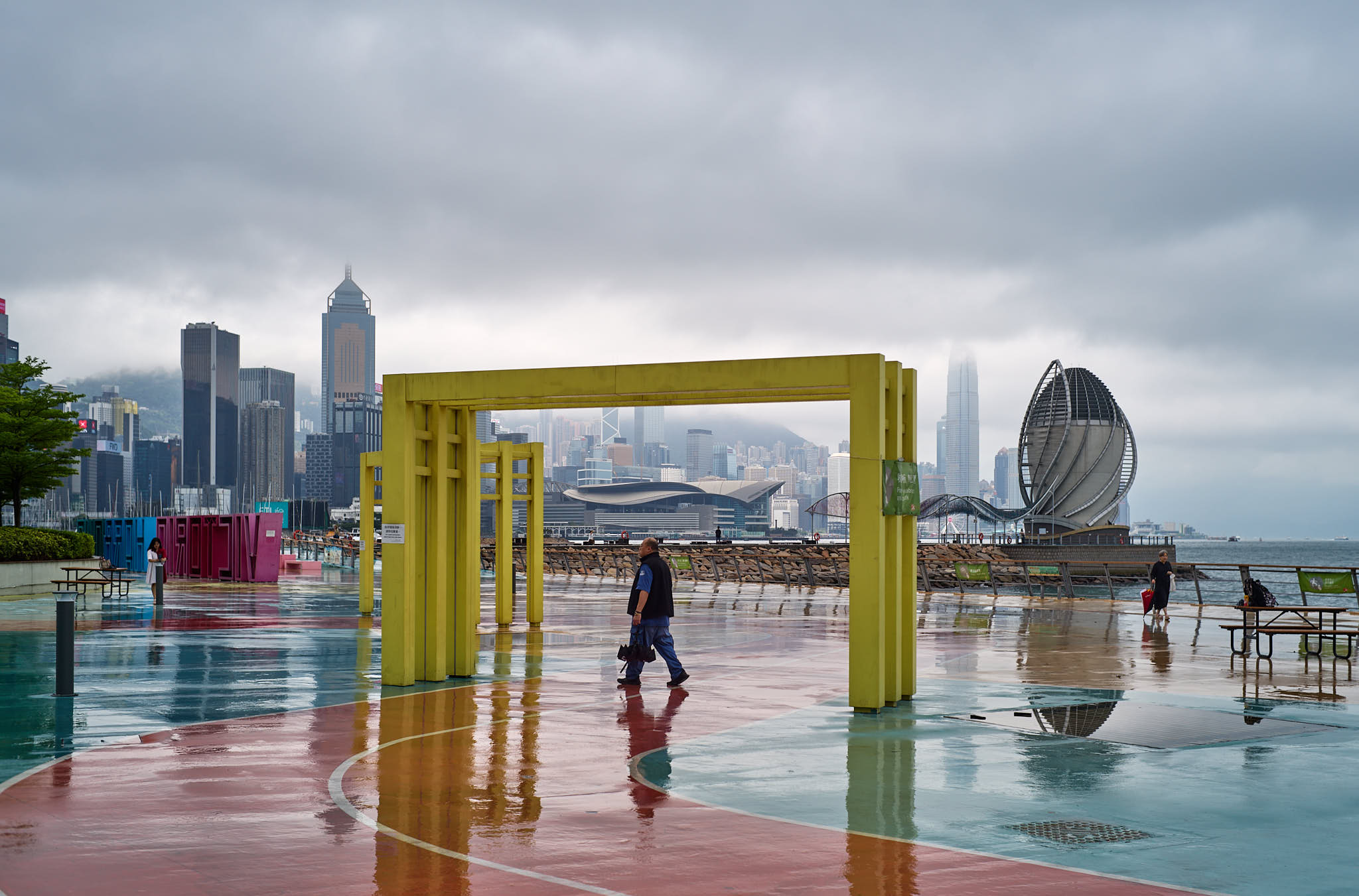
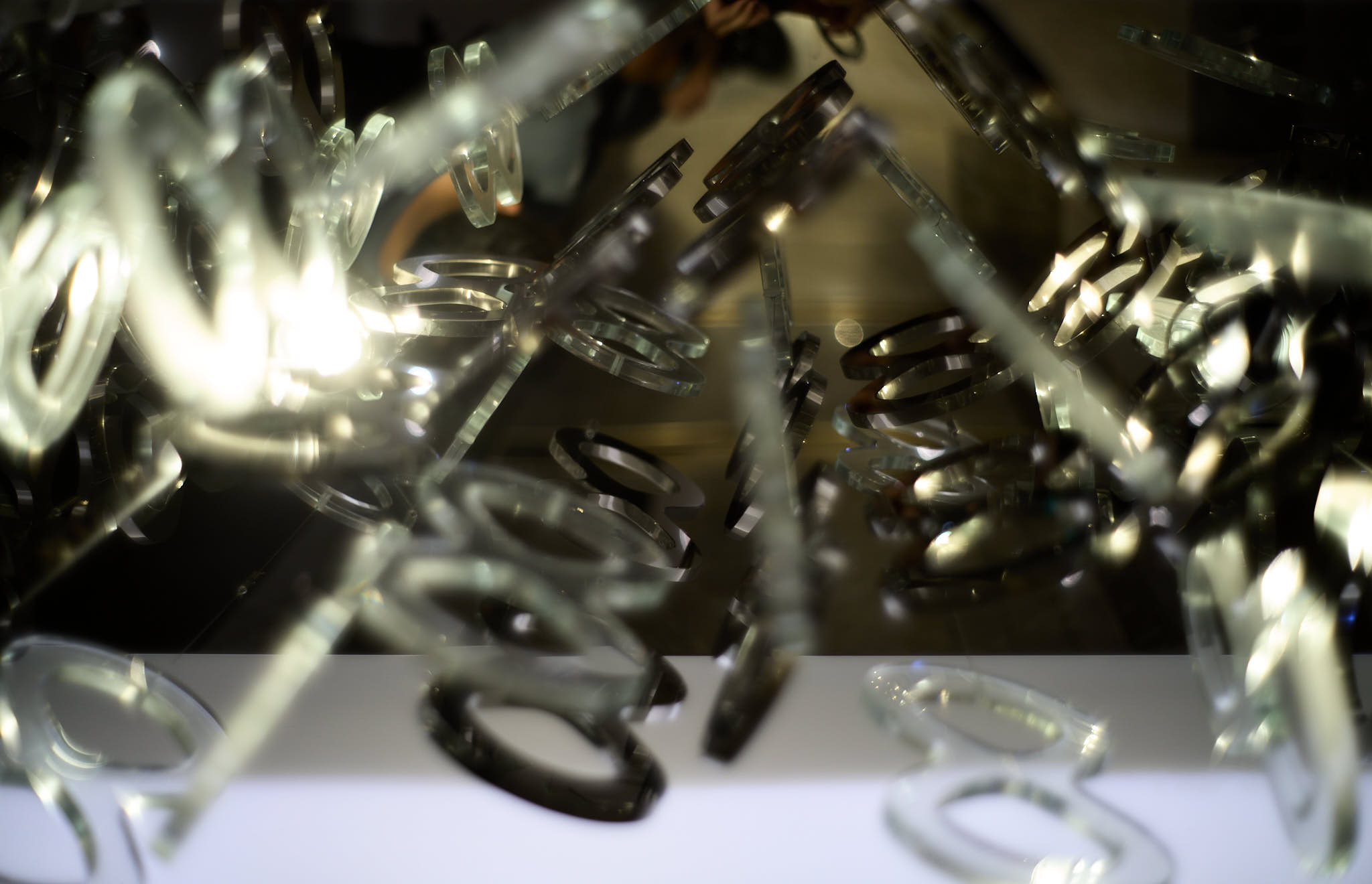

Conclusion
I feel so fortunate to have come across this lens through a completely random circumstance. Had it not been for my collector co-worker, I would have never had to chance to shoot with this incredible little gem of a lens. With its current price trajectory, it may one day become more expensive than its equivalent weight in gold!
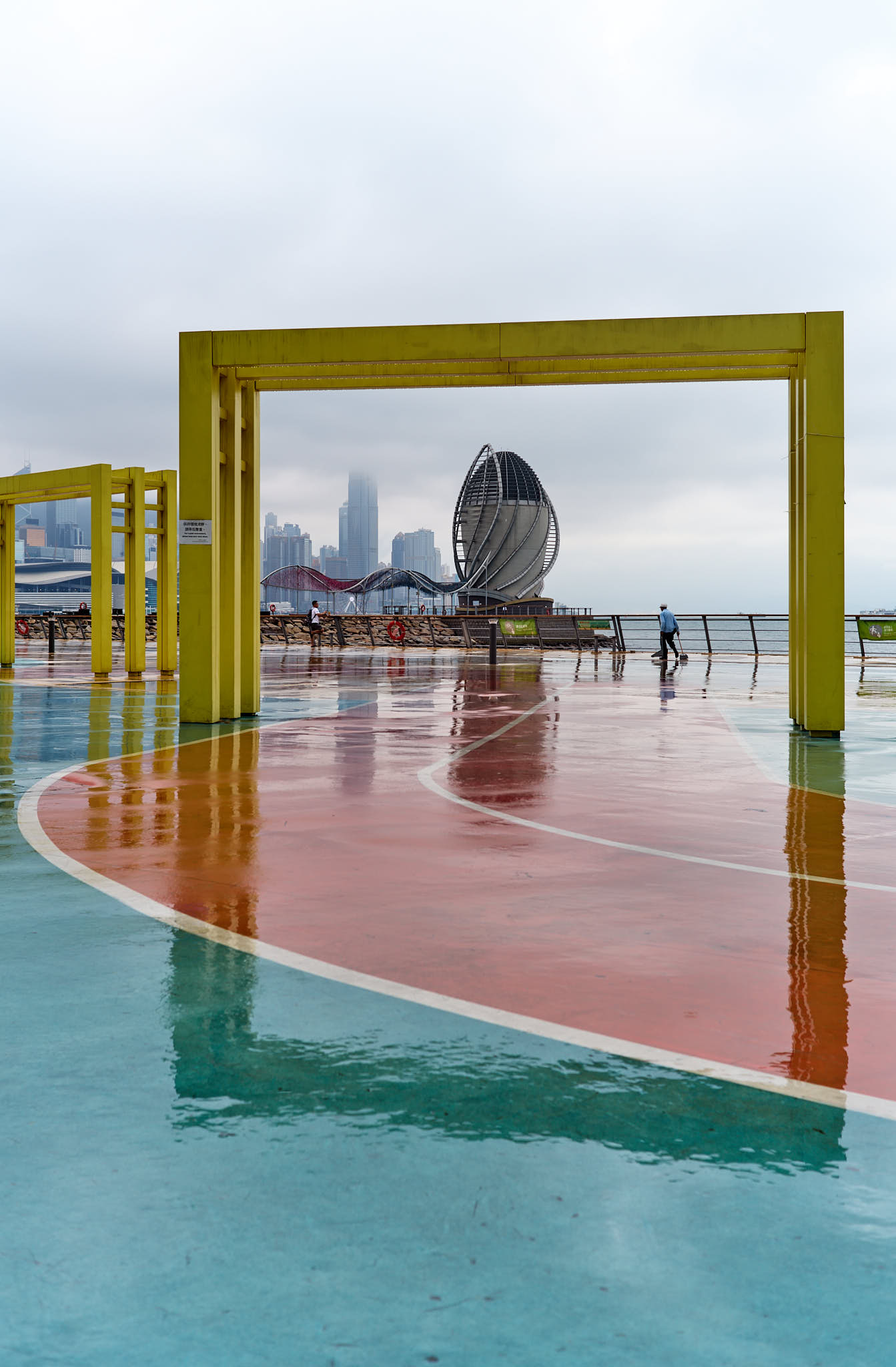

I’ve flirted with the idea of selling the lens a few times given how expensive it has now become, but I can’t bear with the thought that I may never be able to find one in this condition again, and one that I know the full history of. Therefore, I plan to keep this lens for a long, long time, reducing the supply in the market by exactly one lens.

I hope you’ve enjoyed this review. It’s the first vintage lens I’ve reviewed. The 35MM Summilux Pre-Asph II gives you two lenses in a tiny package, a nostalgia inducing lens at F1.4 and a sharp modern lens at F2.8 and beyond. Please let me know if I did a good job of respecting this lens’ history while also laying bare the reality if its capabilities.
Thank you
A lens this old is hard to find information on, but in the Leica world, we’re very lucky to have had Erwin Puts (who sadly passed away in 2021). Mr. Puts pulled together decades of experience into a series of books that provide the definitive historical information about Leica products. Several references in this article are from Mr. Puts’ fine work.
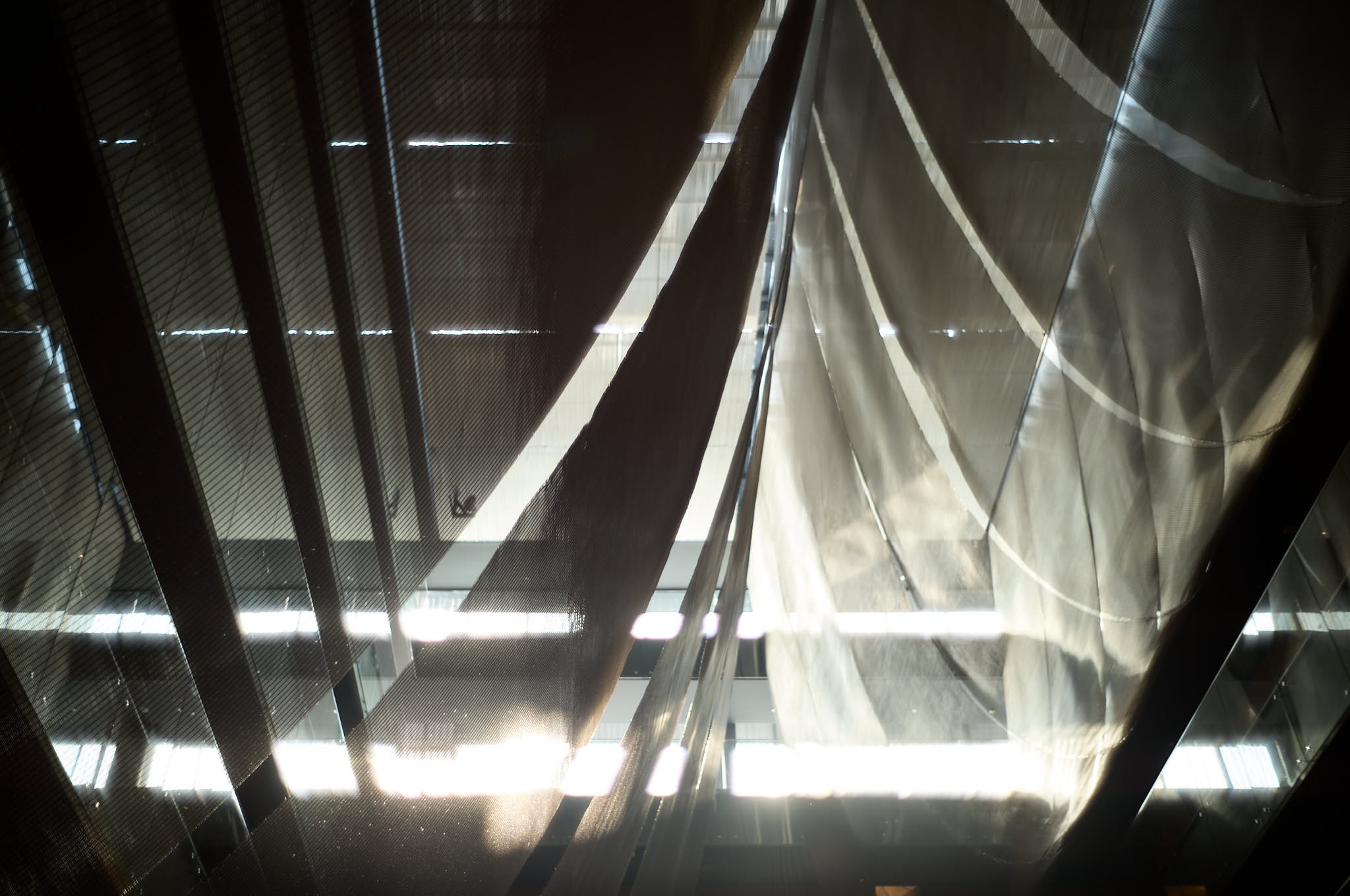
Discover more from fcracer - Travel & Photography
Subscribe to get the latest posts sent to your email.
wonderful to see this post as I also own the Leica 35mm Summilux f1.4 Ver2. but what made mine particularly special was that it used to belong to a very famous photographer whose work for the Peace Corp and later journalistic works. to which one shot was particularly iconic and I have no doubt it was taken with this lens.
That’s such a great story! Thank you for sharing. That’s what I love about these vintage lenses; they always have some stories behind them. Would you be able to share the name of the photographer and the image he/she took?
I have the Titanium version of this lens and love it, If I remember, it was made in the mid 90’s. The main complaint is the hood which rotates and I get the tabs confused with the Aperture tabs. A great lens and it is currently mounted on my M246 Monochrom.
I have the same issue too, I always get the hood tabs and aperture mixed up. My aperture ring is also quite loose, but I believe that’s normal as every copy I’ve touched has felt the same minimal resistance to turning.
I am going to look at a Version II with focus lock, made in Canada, tomorrow. The lock makes it 40% more expensive. I don’t know if it is worth the extra $$ but, it is local and can be examined and with a warranty. We will see. Thanks for the food for thought!
Excellent grade.
Thank you for excellent review and equally excellent photography. What difference would have noticed VS FLE version at F1.4? Perhaps less optical imperfection?
Hi BL, the FLE has much more contrast and resolution at f/1.4. You can see this in the similar test conducted on the FLE in this 35mm lens comparison. In both the centre and corners, the FLE has much higher resolution with less aberrations. The FLE still has some aberrations at f/1.4 but much less than the Pre-Aspherical.